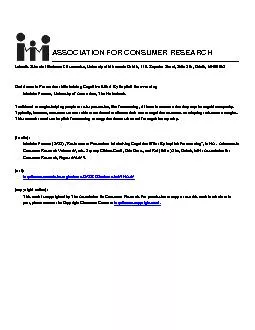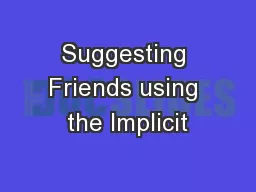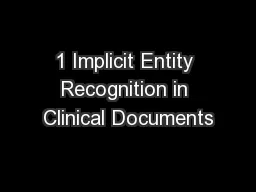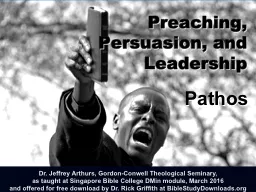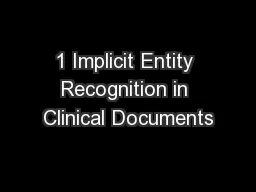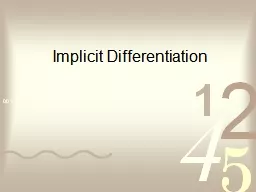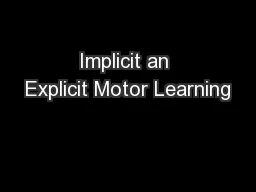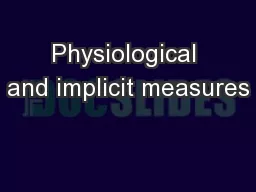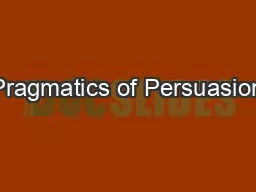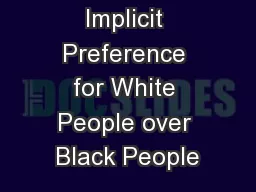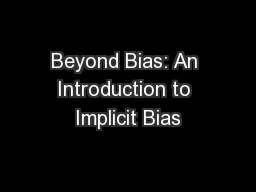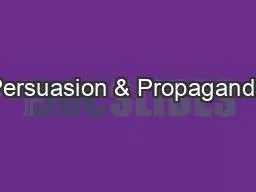PDF-esistance to Persuasion: Minimizing Cognitive Effort by Implicit Forew
Author : celsa-spraggs | Published Date : 2016-12-19
606 R TE ND E D ABS T R ACT Almost constantly people try to convince others to change their behavior To reinforce their persuasive attempt senders often use heuristic
Presentation Embed Code
Download Presentation
Download Presentation The PPT/PDF document "esistance to Persuasion: Minimizing Cogn..." is the property of its rightful owner. Permission is granted to download and print the materials on this website for personal, non-commercial use only, and to display it on your personal computer provided you do not modify the materials and that you retain all copyright notices contained in the materials. By downloading content from our website, you accept the terms of this agreement.
esistance to Persuasion: Minimizing Cognitive Effort by Implicit Forew: Transcript
Download Rules Of Document
"esistance to Persuasion: Minimizing Cognitive Effort by Implicit Forew"The content belongs to its owner. You may download and print it for personal use, without modification, and keep all copyright notices. By downloading, you agree to these terms.
Related Documents

